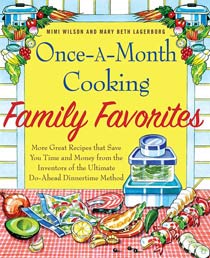 Today, we’re going to take a look at how NOT to market your business, thanks to one of the “big dogs”: Pepsi (AMP division). Mashable.com writes
Today, we’re going to take a look at how NOT to market your business, thanks to one of the “big dogs”: Pepsi (AMP division). Mashable.com writes
The company recently launched an iPhone application [iTunes link] for its AMP energy drink called “before you score,” with “score” meaning (to put it in the most subtle of terms) having a successful night with a woman.
Beyond the premise of the app being rather risqué, it’s when you drill down to the specifics that it becomes much more, breaking women down into 24 types and suggesting “lines” to lure each one of them. If “successful,” the app also encourages users to brag about it over email, or even on Facebook or Twitter.
First, this is one of the most offensive premises I’ve seen in a while in the realm of marketing. How degrading to encourage this kind of behavior, but then to encourage the user to degrade their “conquests” to their friends online! This is unacceptable in every way that I can think of.
Aside from the morality issues of this application and the related advertising, how stupid are these marketers? Women make 85% of all brand purchases…do they really want to alienate women?
I’m not going to go further into the above situation. My point is…watch your advertising to make sure you’re not alienating your potential buyers. Any comments? Have you seen bad examples of advertising? Let’s talk about it.
 Let people know that the contest is coming. I posted a preliminary entry on my blog to build the buzz. I tweeted it a few times and let my Facebook friends know about it. Hopefully, the word will get around.
Let people know that the contest is coming. I posted a preliminary entry on my blog to build the buzz. I tweeted it a few times and let my Facebook friends know about it. Hopefully, the word will get around.